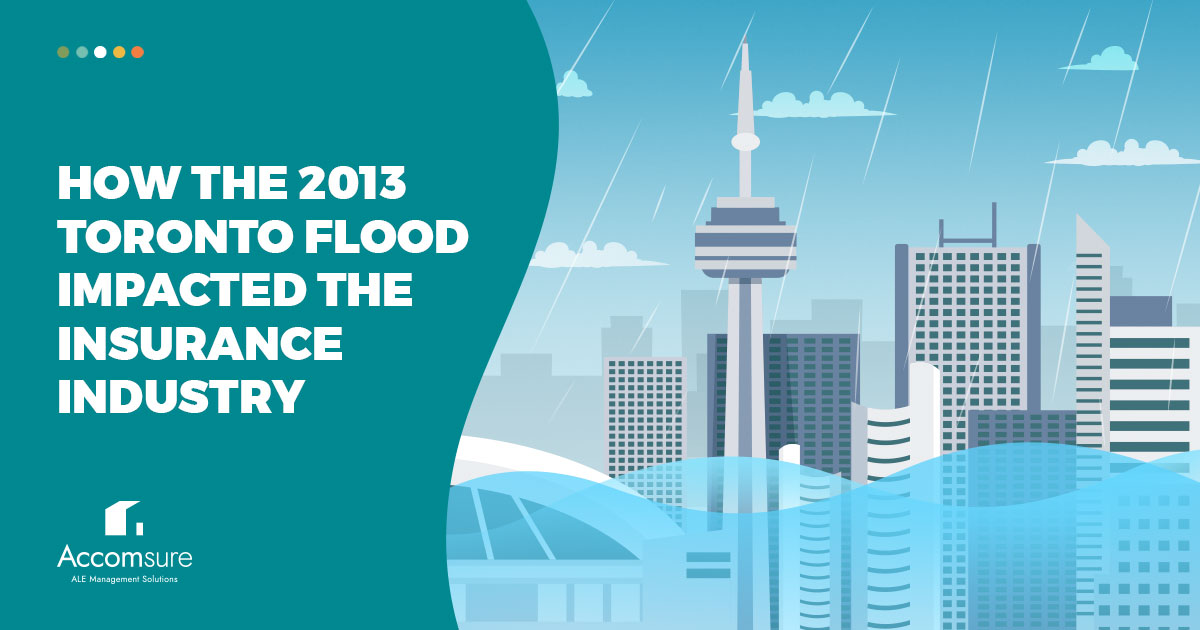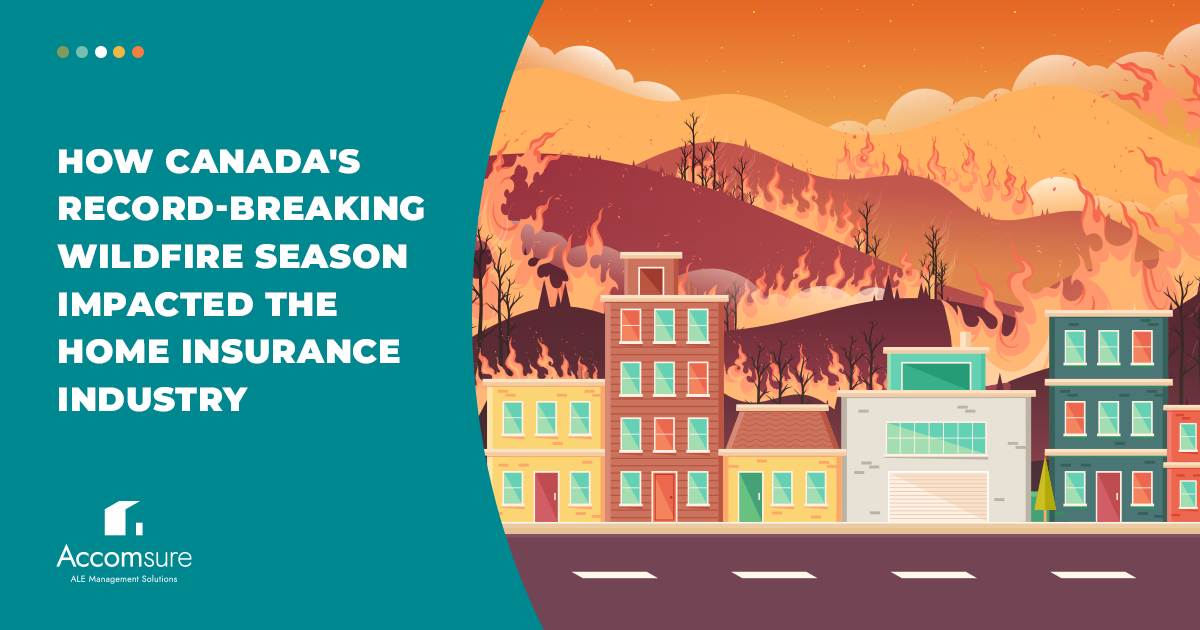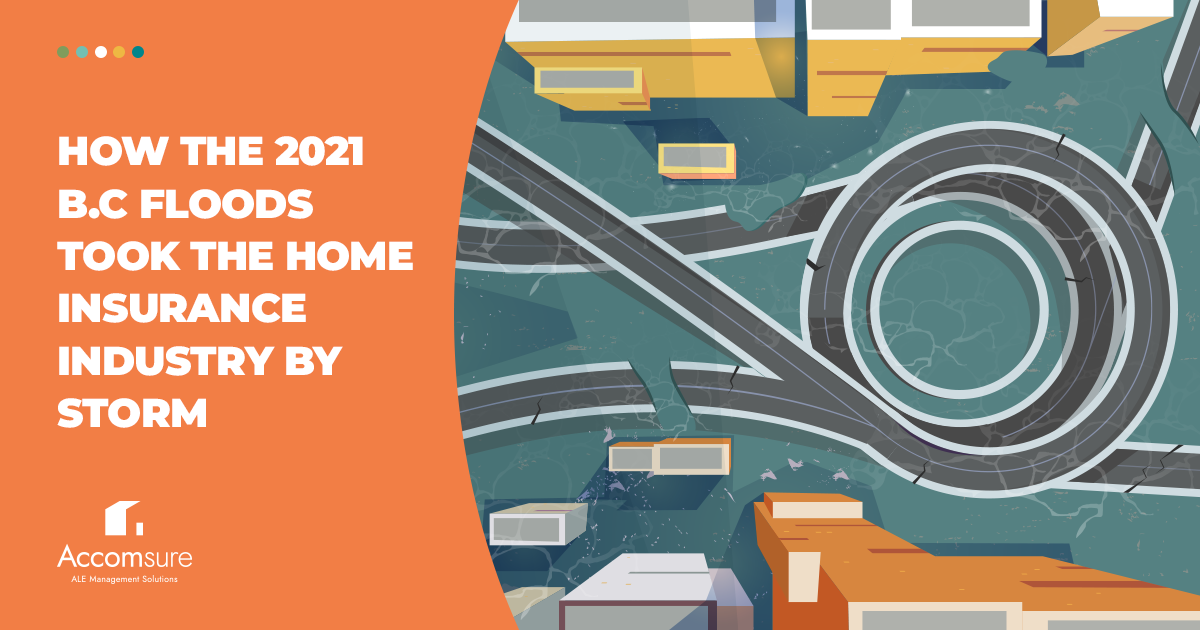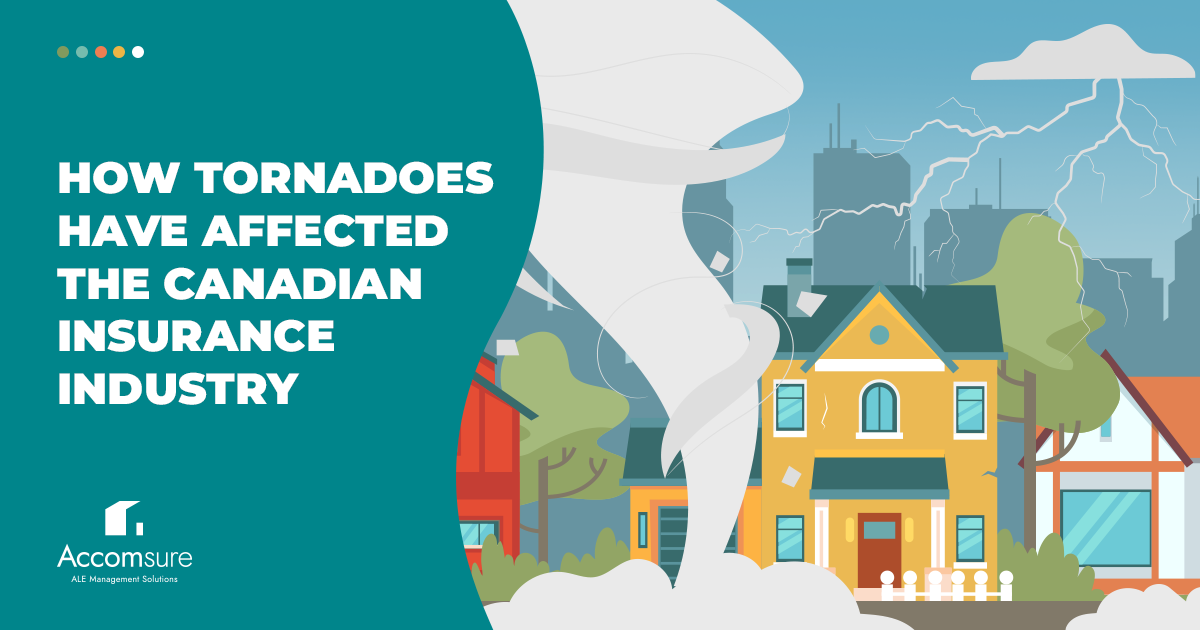July 2013 is known by insurance companies across Canada as the worst year in history for insurance claims. Between the massive floods in Calgary and Toronto and the ice storm that battered Southern Ontario and parts of Quebec, the year was not only devastating to policyholders but also extremely costly to the insurance industry. In 2013, insurers paid out a record $3.2 billion in weather-related claims.
One of the most significant and costly weather events of the year was the Toronto flood on July 8, 2013. In this article, we’re taking a look at just how devastating this storm really was and how the flood has had a lasting impact on the insurance industry even to this day.
The July 2013 Toronto Flood

Due to the massive rainstorm on July 8, 2013, the day has gone down in history as the single wettest day in the history of the Greater Toronto Area. The storm was actually made up of two separate thunderstorms that hit the city back to back, resulting in more rainfall in one day than the average rainfall in Toronto for the entire month of July.
In addition to July 8th being the wettest day in Toronto history, the entire month of July 2013 was also the wettest July the city had seen in 30 years. 60 of the previous 100 days had seen rainfall, meaning that the ground was already incredibly saturated when the July 8th storm hit. The ground could not withstand any more water, leading to the massive flood that struck the city.
Torontonians were faced with many challenges as a result of this storm. The rainstorm knocked out much of the city’s power, many motorists were forced to abandon their cars due to flooded roads, and many passengers on Toronto’s GO train were stranded for hours.
Additionally, the storm wreaked havoc on many people’s homes, flooding their basements, damaging their drywall, and ruining their belongings. Pete Karageorgos, a spokesperson for the Insurance Bureau of Canada, recalled that his own neighbourhood “looked like a lake”. (The Star)
The Toronto Flood By The Numbers
- Nearly $1 billion was paid out by insurers to cover the cost of the storm-related damage. (The Star)
- 126mm of rain was reported at the Pearson International Airport during the storm (Global News)
- 97mm of rain was reported in downtown Toronto during the storm (Global News)
- 300,000 Toronto Hydro customers lost their power during the storm (Global News)
- 80% of people in Mississauga did not have power at the height of the storm (Global News)
- 1,400 people were stranded aboard a GO Transit train during the storm (Global News)
Insurance Industry Impact

It’s safe to say that the Toronto flood was a real wake-up call for the insurance industry. In order to stay afloat and cut their losses, many companies had to make big changes to their policies and premiums.
However, insurance companies weren’t the only ones at a loss due to this Toronto storm. The flood also cost the City of Toronto more than $60 million (The Star), which caused them to invest in flood mitigation efforts that will also benefit the insurance industry.
Rising Insurance Premiums
In order to cover their losses, many insurance companies were forced to increase their insurance premiums. Depending on how much they were affected by the 2013 weather events across the country, some insurers increased their premiums by as much as 30 percent. The increase in insurance premiums was also dependent on where policyholders lived. Policyholders in low-lying water areas saw the greatest increase in premiums as a result of the Toronto flood.
Changing Insurance Policies
Another way that insurance companies responded to the Toronto floods was by raising deductibles on weather-related risks. For example, some insurers raised the deductible on weather-related risks to $2,500 compared to the standard deductible of $1,000 for other risks.
On the other hand, some insurance companies made the decision to cut weather-related risks such as sewer backups from their standard policies. Should policyholders wish to have this coverage, they must pay an additional charge.
Finally, some insurers added a cap on the amount they will pay for water-related damage as a result of the Toronto flood. All of these changes to insurance policies should result in lower payouts should another extreme weather event occur in the future.
Government Flood Mitigation
In response to the significant costs associated with the 2013 flood, the City of Toronto initiated a ten-year plan costing $3.1 billion to improve the stormwater and wastewater collection systems in the city (The Globe and Mail). This should improve the city’s ability to handle extreme weather events in the future and result in less property damage should another severe rainstorm occur.
Keeping Your Head Above Water During Severe Weather Events
Even with the efforts to mitigate the risks of future floods, severe weather events and rainstorms are still bound to occur and shake the insurance industry. Floods are still the most costly natural disaster in Canada in terms of property damage. Due to climate change, severe weather is on the rise meaning that Canadians are likely to see more events like the 2013 Toronto flood in the future.
On top of being extremely costly and creating massive workloads for adjusters, these severe weather events can also displace your policyholders from their homes and leave them without a safe place to spend the night.
ALE management is one way that insurance companies can curb claim costs, reduce adjuster workloads, and keep their policyholders safe during a stressful and often heart-wrenching event.
When disaster strikes and your policyholders are displaced from their homes, Accomsure is your first line of defence. We can manage all ALE aspects of your claims so your adjusters can focus on progressing the claim more efficiently and effectively. Contact us or submit a claim today.




